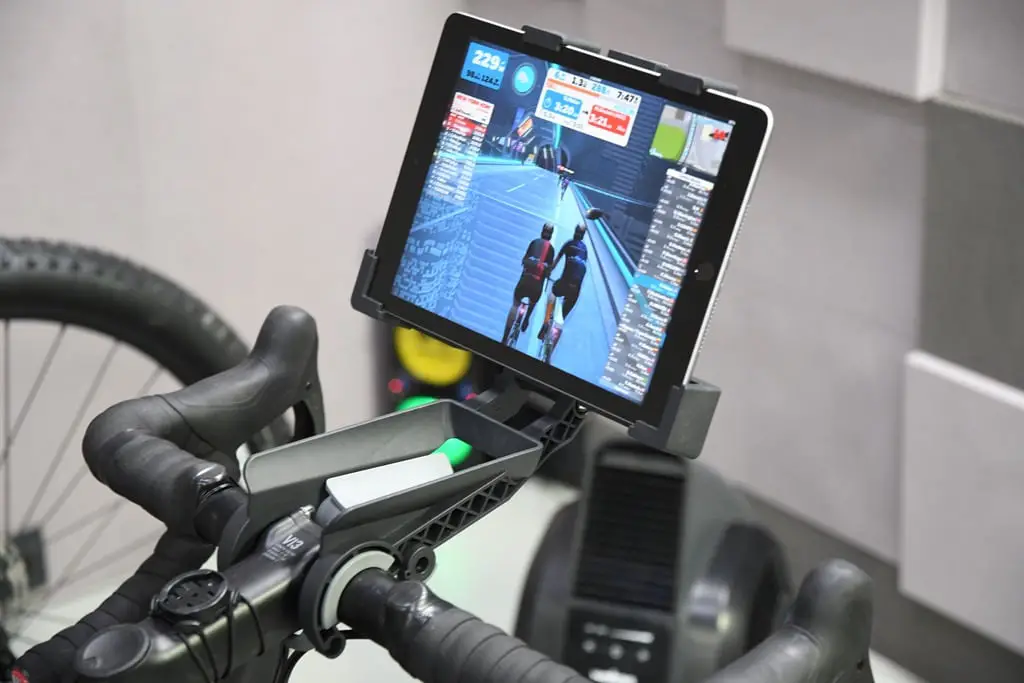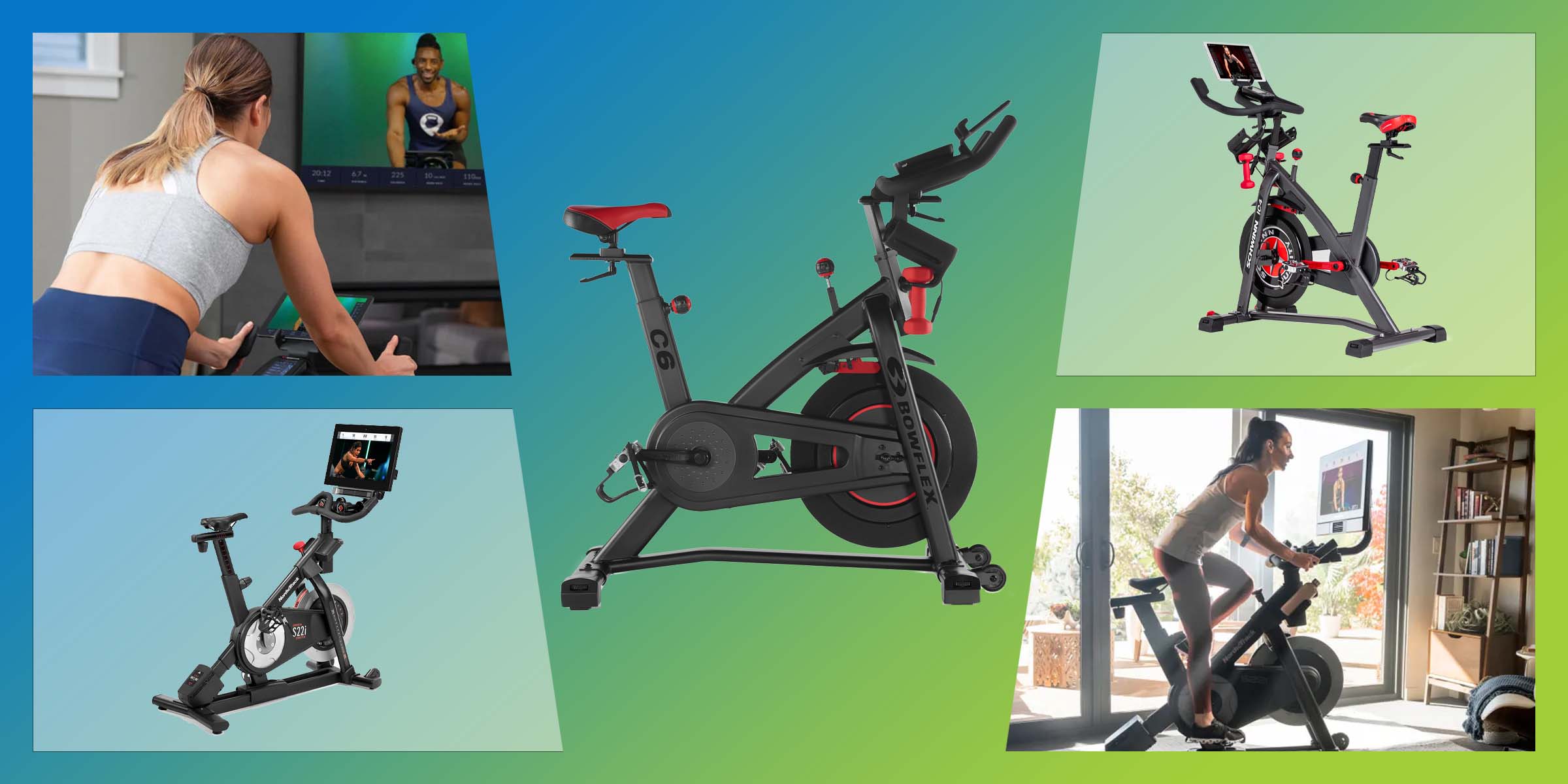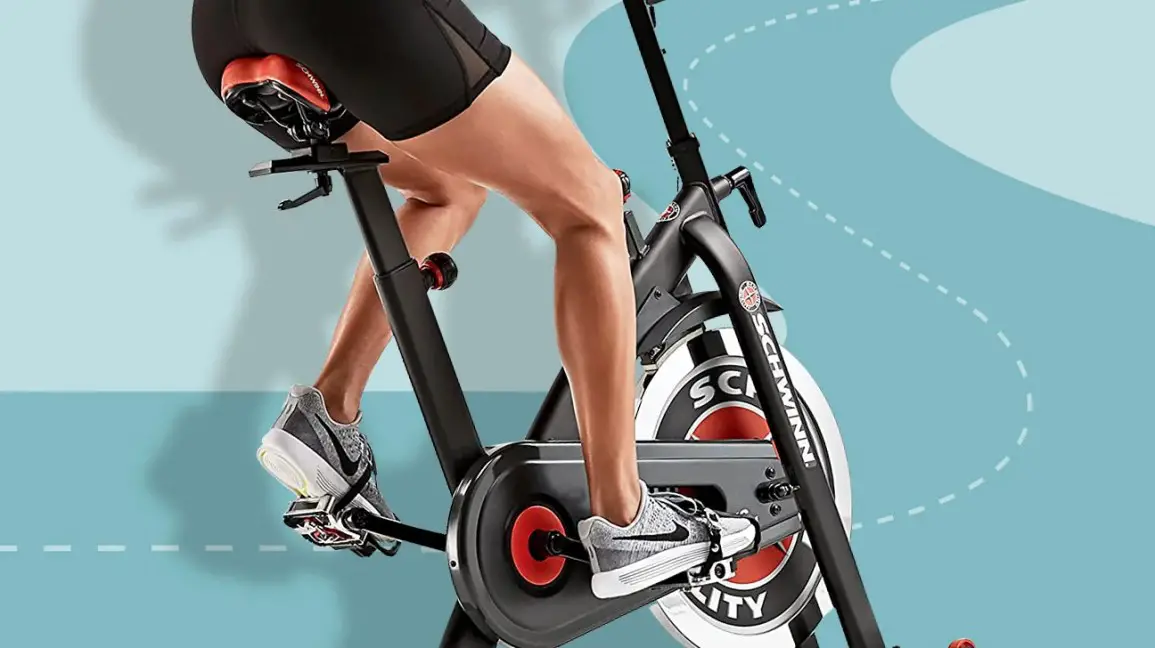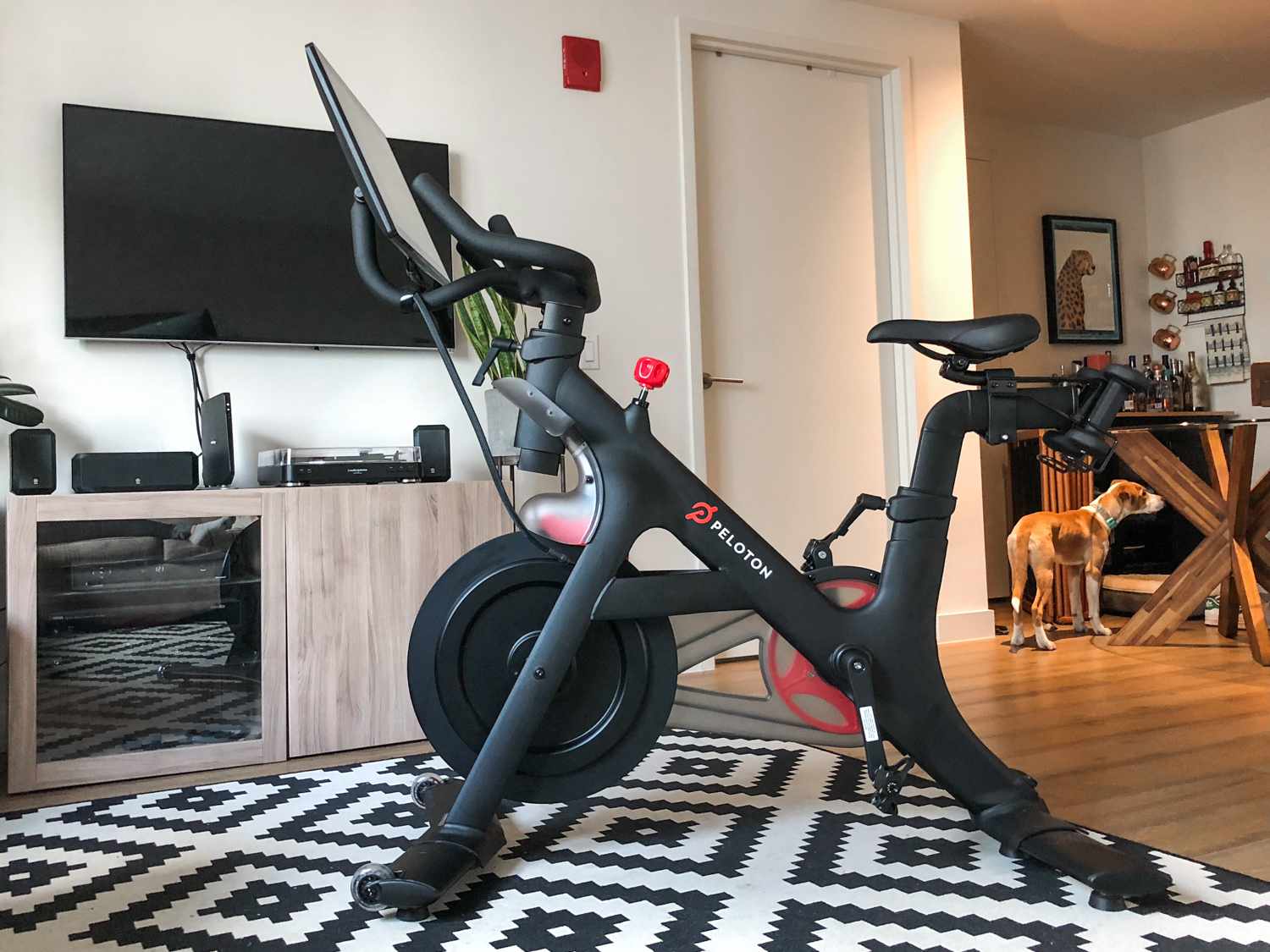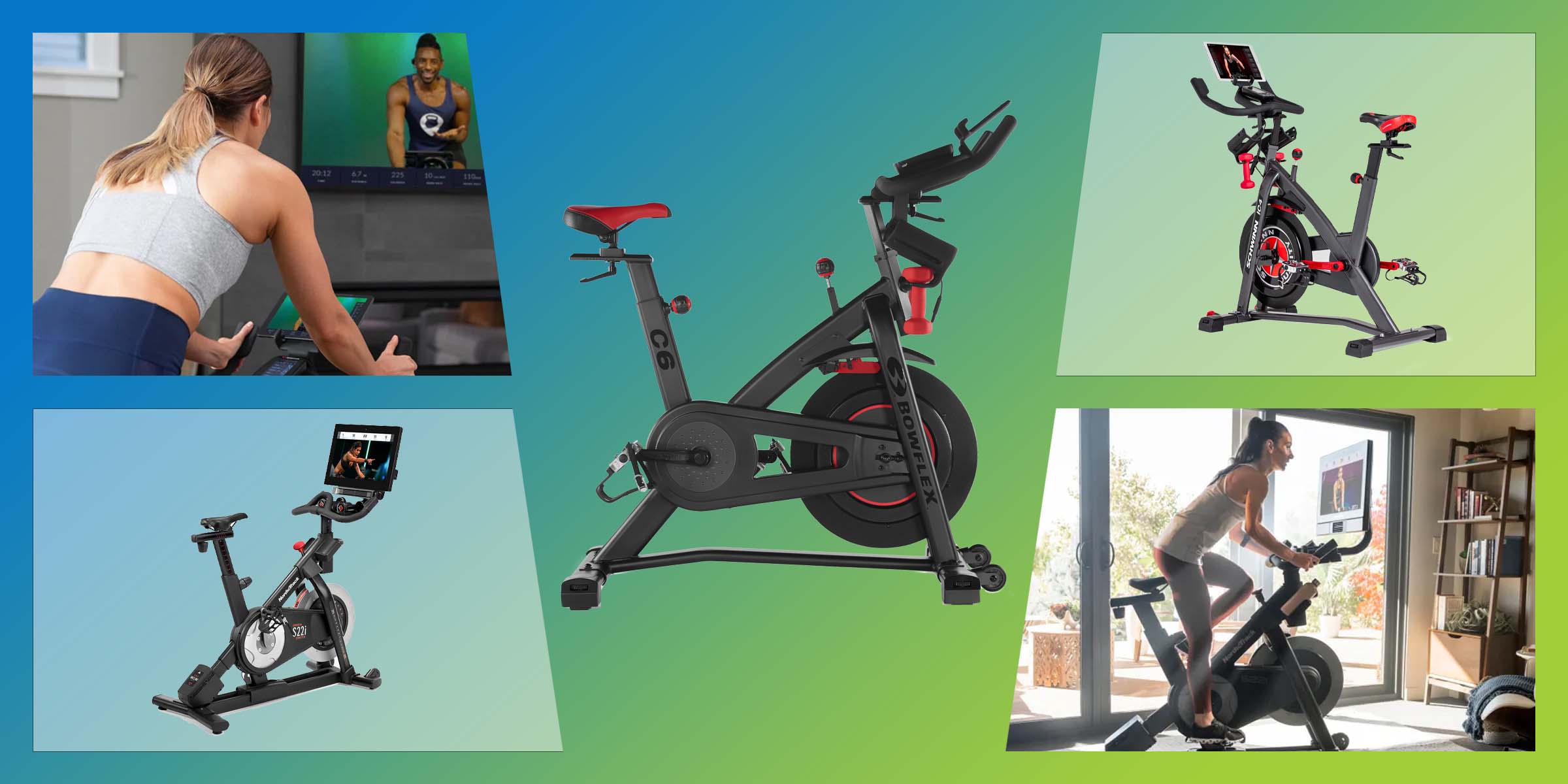When it comes to the indoor cycling world, Schwinn and Keiser are two of the biggest names you will come across. Particularly, bikes like the Schwinn IC4 and Keiser M3i have become some of the most sought-after models, especially for riders who don’t want to splurge money on a Peloton. Today, we will examine both bikes and brands, and explore their key differences and features. In the end, we hope we can help you decide which bike would be a better fit for you and your home gym.
Without wasting any more time, let’s delve straight in!
Keiser vs Schwinn: Comparison
Performance
Both the Schwinn and Keiser are belt-driven, so they require low maintenance. However, while the Schwinn IC4 is equipped with a 40-pound flywheel, the Keiser M3+ features an 8-pound flywheel. The difference in flywheel weight can be felt while riding the bikes. Expectedly, the heavier flywheel on the Schwinn bike provides a smoother ride with more fluidity. This doesn’t mean the Keiser M3i doesn’t offer a smooth cycling experience; on the contrary, it does. But generally, the IC4 will give you a more natural outdoor cycling feeling.
Resistance
Another area the Kesier and Schwinn bikes differ is in resistance. Both bikes use magnetic resistance, which ensures they operate quietly and don’t wear out easily. The main difference is how the resistance is controlled.
For instance, Keiser features a level close to the handlebars, which you can move back and forth to increase or decrease the resistance. The resistance level is shown on the console. The Schwinn bike, on the other hand, has a tension knob in the frame which you turn to adjust resistance levels.
For most people, controlling resistance from the handlebar will be much easier.
Furthermore, with the Schwinn IC4, you get up to 100 resistance levels. Keiser, on the other hand, offers a range of 24 resistance levels.
Design
The Schwinn bike has a smaller footprint than Kesier, so it tends to fit in better in smaller spaces. Specifically, the Keiser M3i has a dimension of 49″(L) x 26″(W) x 51″(H) while that of the IC4 is 48.7″(L) x 21.2″(W) x 51.8″(H).
The M3i has a weight limit of 350 pounds and can accommodate users anywhere from 4’10” to 7′ tall. The IC4, on other hand, fits users that are 4’6″ to 6’6″ tall, while the weight capacity is about 330 pounds. As you can see, both bikes are pretty sturdy and can accommodate a wide range of users.
It is worth noting that the flywheel in both bikes is positioned differently. While Keiser has its flywheel mounted in the rear, Schwinn has its own on the front. If you think about it, most spin bikes have a front-mounted flywheel. The choice of a rear flywheel on Keiser helps to protect the wheel from sweat, which prevents corrosion. But there’s no evidence that suggests that it will enhance performance.



